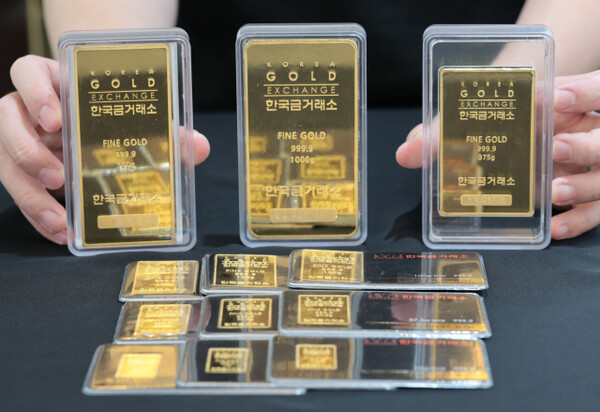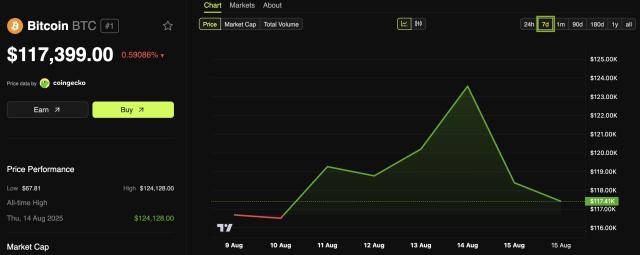
The issuance of physical-backed stablecoins led by gold-based tokens has explosively increased amid a sharp rise in gold prices and concerns over U.S. gold export tariffs. This case demonstrates that price and policy changes in traditional commodity markets can have direct spillover effects on blockchain-based asset markets.
According to digital asset media CoinDesk on the 11th, the issuance of gold-based stablecoins last week reached $439 million (about 610 billion won), the highest in five years. This is more than double the previous record of $195 million set in 2021.
This surge occurred immediately after gold futures prices broke through $3,500 per ounce, setting a new all-time high. Previously, the Swiss Precious Metals Association warned that a potential 39% U.S. tariff on Swiss gold exports could have a 'negative impact' on international physical gold circulation. Subsequently, spot and futures gold prices somewhat stabilized after the White House stated that "gold bullion imports are not subject to tariffs".
Despite gold price fluctuations, the issuance of gold-based stablecoins has not slowed down. Major gold-linked stablecoins like Tether Gold (XAUT) and Paxos Gold (PAXG) temporarily exceeded $3,390. These tokens are backed by physical gold stored in vaults and can be instantly transferred on the blockchain without cross-border trading restrictions.
Although Switzerland has no gold mines, it accounts for a significant portion of global gold refining. Last year alone, it exported $61 billion worth of gold to the United States. Precious metals account for more than a quarter of Switzerland's total exports. Consequently, the U.S. tariff movement has led to political backlash within Switzerland.







